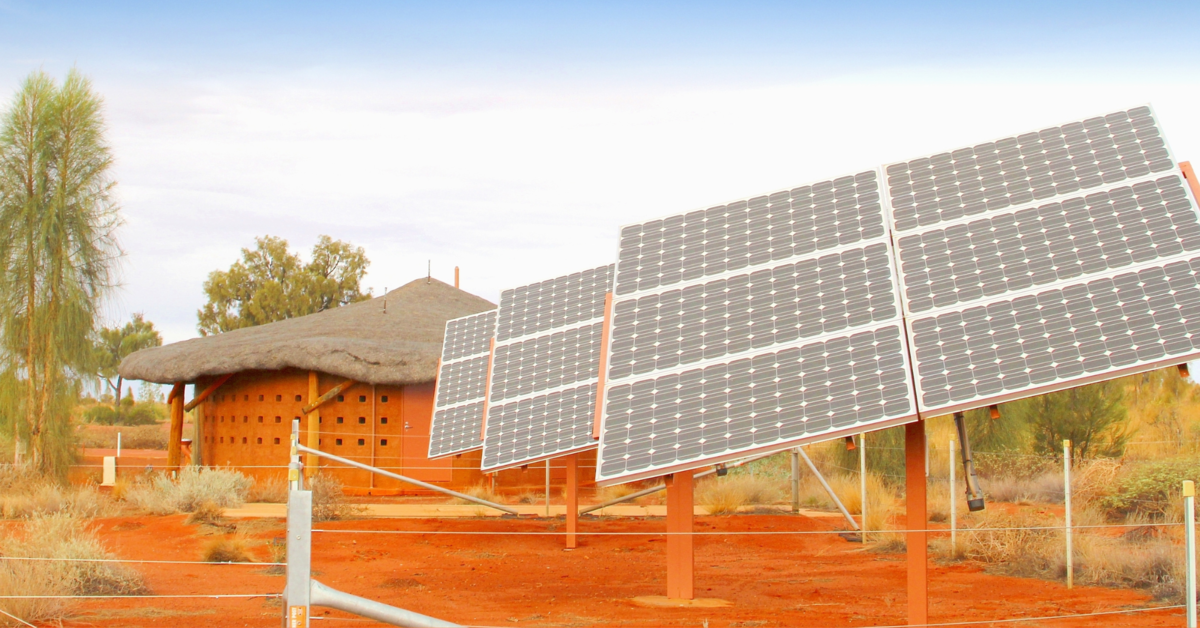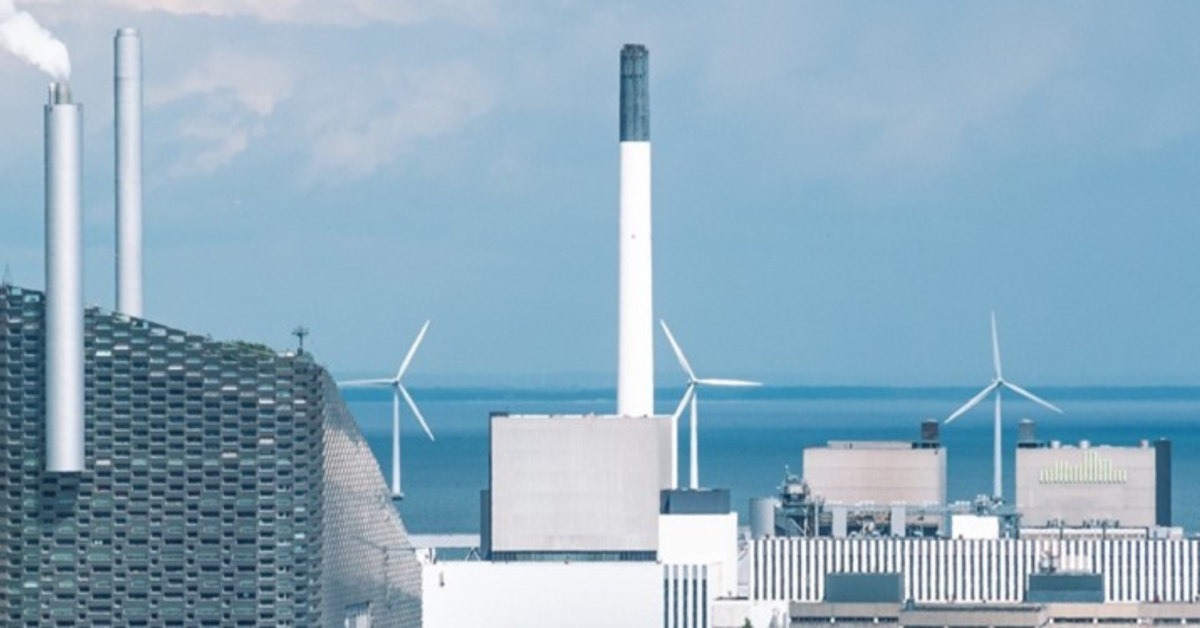Highlights of Indian Government’s Economic Report: The Indian Economy—A Review
At a Glance
- The Indian Economy—A Review, a report just released by India’s Ministry of Finance, takes stock of the Indian economy and a variety of sectors, including agriculture, trade, digital public infrastructure, and climate.
- India’s economy is projected to grow at over 7% in the coming years and become the third largest economy in just three years.
- Indian exports are in a strong upswing, with its merchandise exports reaching the highest ever at over USD 450 billion in FY23.
- India met its targets of building non-fossil fuel-installed electricity capacity, reaching 43.9% in November 2023.
BACKGROUND
India’s Ministry of Finance released The Indian Economy—A Review on January 29, 2024. Prepared by the Department of Economic Affairs, the 74-page report takes stock of the Indian economy and presents an outlook for a variety of sectors in the coming years.
The report replaces the annual Economic Survey usually presented by the finance minister ahead of the presentation of the budget in Parliament. Since 2024 is an election year and voting is scheduled to be held in April–May, the government is presenting an interim budget on February 1 instead of a full budget and it has released the report as a mini-Economic Survey. The Economic Survey is expected to be presented after the general elections, during the monsoon session of the Parliament in June.
SECTORAL HIGHLIGHTS
Agriculture
- From FY15 to FY23, the sector grew at an average annual rate of 3.7%, which was higher than the 3.4% growth from FY05 to FY14. In comparison to the prior year, the sector expanded by 4.0% for the FY23 year.
- Agricultural exports surged to INR 4.2 lakh crore (USD 50.5 billion) in FY23.
- Alongside a more notable decline in the share of agriculture in the rural male workforce from 55% in 2017–18 to 49.1% in 2022–23, there has been a rise in the share of agriculture in the rural female workforce from 73.2% in 2017–18 to 76.2% in 2022–23.
- A structural change has occurred in the rural female workforce, as the percentage of skilled labourers in agriculture has increased (from 48% in 2018–19 to 59.4% in 2022–23) while the percentage of labourers in elementary agriculture requiring significant physical effort has decreased (from 23.4% to 16.6% in the same period).
- Active promotion of digital inclusion and mechanization has improved productivity. Digital platform e-NAM (National Agriculture Market) has facilitated the integration and optimized various intermediatries in the value chain. From 250 in 2016 to 1,389 in 2023, more markets are connected to the e-NAM platform, enabling the online trading of 209 commodities related to agriculture and horticulture.
- The government is aiming to position India as a hub for drones in the agriculture sector. It is providing several incentives in the form of financial and technical support to promote drone tech adoption.
- This year saw measures initiated to promote practices around natural farming, water irrigation and conservation, diversifying nutrient content, and improving post-harvest infrastructure investment to develop a climate resilient sustainable agriculture landscape in India.
Trade and Investments
- The public sector capital investment has surged in the last 10 years. Between FY05 and FY14, India’s cumulative FDI inflows were USD 305.3 billion. Further, raising investments, particularly in the private sector, has been a key focus area for the government.
- India continues to remain a preferred destination among foreign investors, owing to its young workforce and large middle-class population. In this regard, the government has taken several measures such as opening FDI for almost all sectors, promoting policies such as the Production Linked Incentives (PLI) scheme, and incentivizing long-term investments under the Make in India program.
- India’s exports have been showing significant upswing. Over the past decade (FY13 to FY23), merchandise exports have increased by more than 50% and services exports by 120%. The highest-ever merchandise export of USD 451.1 billion was achieved in FY23. The non-food credit growth is strong, enabling the Indian economy to grow at a brisk rate.
- Investment incentives and initiatives taken to ease business compliances and remove policy uncertainties have created an ecosystem for start-ups to nurture.
- India is the third largest fintech economy in the world after the US and the UK.
- India became the world’s fourth largest stock market by market capitalization, overtaking Hong Kong.
Digital Public Infrastructure
- India’s robust Digital Public Infrastructure has transformed the authentication ecosystem.
- The cost of conducting e-KYC has been reduced from INR 1000 to INR 5.
- India has also enabled online, paperless, and cashless digital access to various public and private services.
Skill Development
- The skilling ecosystem has ramped up with the launch of the Skill India Mission in 2015.
- According to India Skills Report 2023, the employable percentage of final-year and pre-final-year students has increased from 33.9% in 2014 to 51.3% in 2024.
- There’s ample scope to mainstream skilling into the education curriculum and upskill a large size of the existing workforce into future-relevant skills. For instance, according to the PLFS 2022–23 report, 72.6% of workers aged 15–59 years did not receive any formal/informal vocational/technical training.
Climate Action
- India has adopted a comprehensive approach that addresses adaptation, resilience building, and mitigation action as part of its contribution to the global response with periodic updates. It has met the targets of building non-fossil fuel-installed electricity capacity, reaching 43.9% in November 2023.
- Focus on Hydrogen as a key option to be promoted as long-duration storage of renewable energy, replacement of fossil fuels in industry, and clean transportation.
- In its first phase, the India-led global mass movement Lifestyle for Environment (LiFE) has identified 75 environment-friendly actions under seven categories including energy saving, waste and e-waste reduction, water conservation, and phasing out of single-use plastics. Key market-based incentives introduced under this program include the Green Credit Programme (GCP) and Ecomark scheme.
- Various regulatory measures have been undertaken to mainstream climate action into the financial economy by the Securities and Exchange Board of India and foster a green ecosystem in the country. Some of the key initiatives include developing frameworks for sovereign green bonds and acceptance of green deposits.
- India championed the cause of the Global South by emphasizing that the current global approach to climate change runs the risk of making the low-income status of several countries permanent. It suggested that there is need to strike the right balance between development and emission mitigation on a global level.
Women's Development
- Women’s required representation in panchayats has increased funding for public goods like drinking water and public roads that are directly related to the concerns of women.
- The Gross Enrollment Ratio (GER) for women in higher education has quadrupled from 6.7% in FY01 to 27.9% in FY21, while the overall GER has more than doubled from 24.5% to 58.2% between FY05 and FY22.
- Female Labour Force Participation Rate (LFPR) rose from 23.3% in 2017–18 to 37% in 2022–23, reflecting a growing shift towards women-led development in India.
- Through programs like the Skill India Mission, Start-Up India and Stand-Up India, female participation is also growing in human capital formation.
- With the PM Jan-Dhan Yojana, a national financial inclusion scheme, women bank account holders have increased from 53% in 2015–16 to 78.6% in 2019–21.
OUTLOOK
- Over the next three years, India is expected to become world’s third-largest economy, with a GDP of USD 5 trillion. It is likely to grow at over 7% in the coming years on the strength of the financial sector and other recent and future structural reforms. The elevated risk of geopolitical conflicts may deter these optimistic projections.
- Priority areas for future reforms include skilling, learning outcomes, health, energy security, reduction in compliance burden for MSMEs, and gender balancing in the labor force.
- The adoption of GST, a goods and services tax, has brought in unification of the domestic markets and allowed expansion of the tax base. The reform will further strengthen the finances and enable growth-enhancing public expenditures.
- The role of Artificial Intelligence (AI) may pose a key challenge to governments in terms of employment in the service sector.



